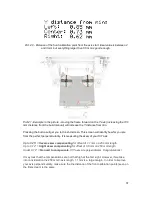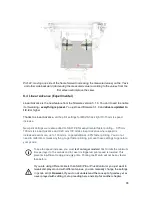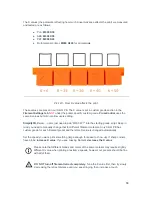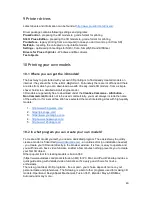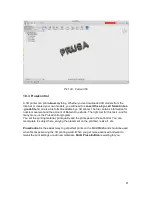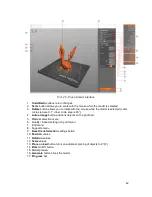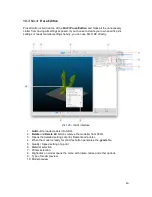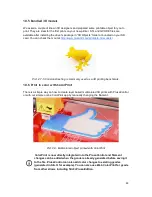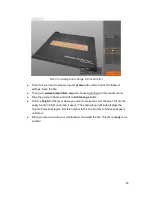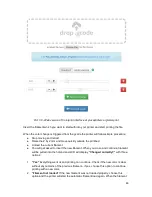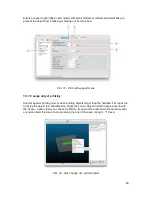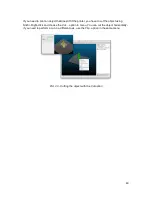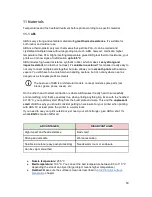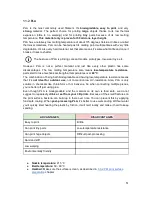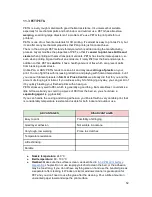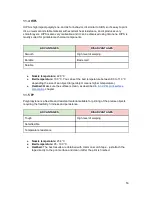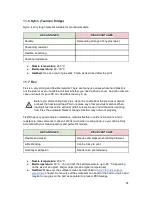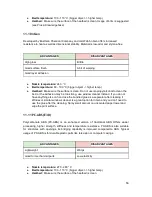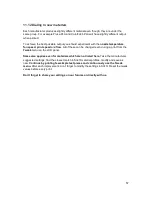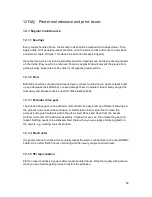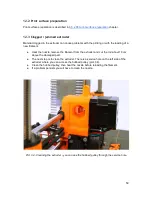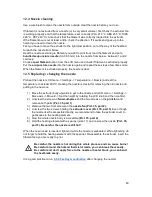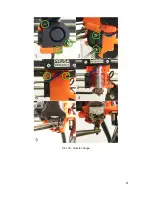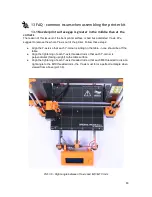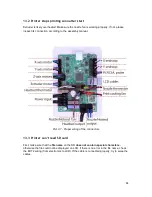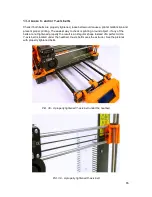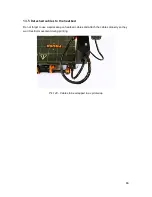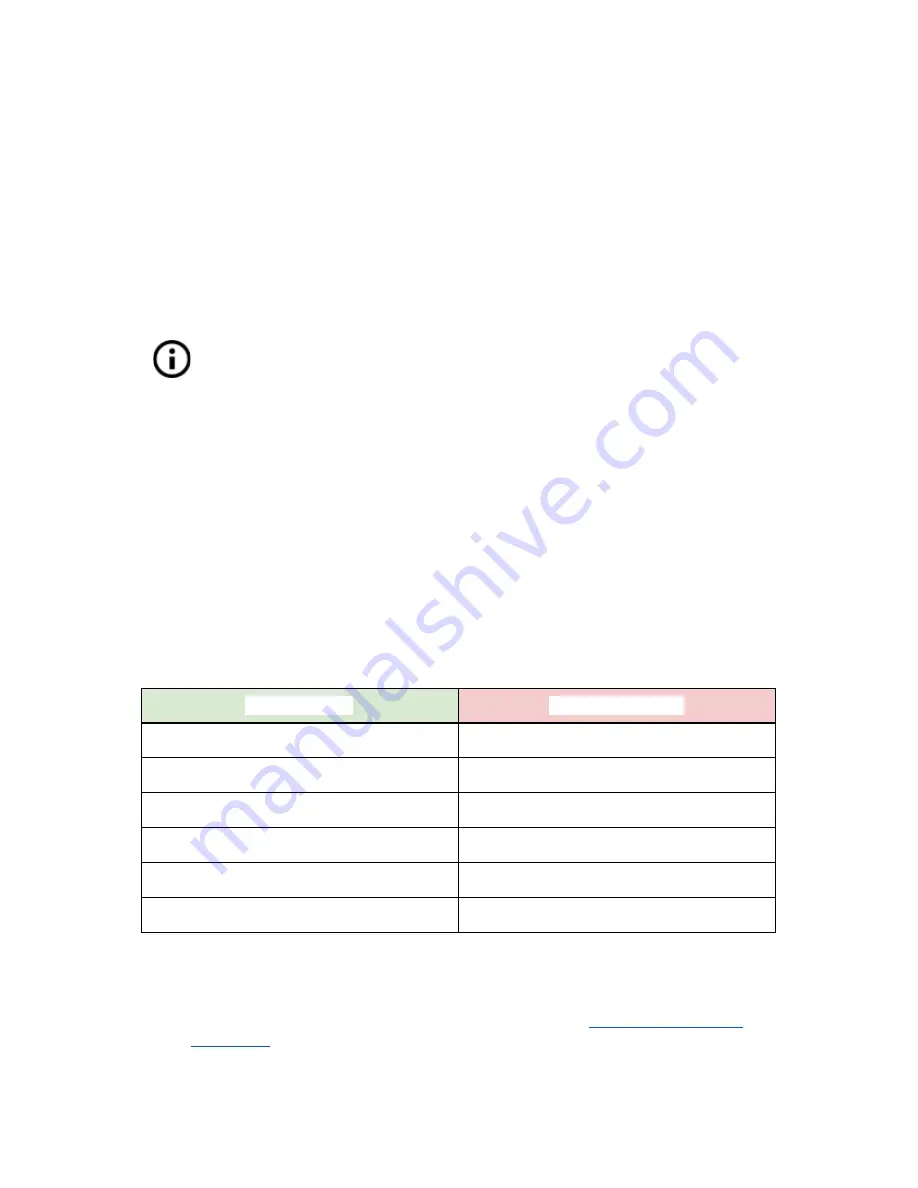
11.2 PLA
PLA is the most commonly used filament. It’s
biodegradable
,
easy to print
, and very
strong
material. The perfect choice for printing
large
objects thanks to its low thermal
expansion (little to no warping) and for printing
tiny
parts because of its low melting
temperature.
This material only is proven for 50 microns layer height.
PLA has a relatively low melting temperature of about 175 degrees Celsius. Unlike so-called
thermoset materials, PLA can be heated past its melting point multiple times with very little
degradation. It’s also very hard material, but that also means it’s somewhat brittle and once it
breaks, it likes to shatter.
The best use of PLA is printing concept models, prototypes, low-wear toys, etc.
However, PLA is not a perfect material and just like every other plastic has some
disadvantages. The low melting temperature also means
low-temperature resistance
,
parts start to lose mechanical strength at temperatures over
60 °C
.
The combination of being both biodegradable and having low-temperature resistance means
that it’s
not ideal for outdoor use
, not to mention low UV-resistance. Also, PLA is only
soluble in chemicals like chloroform or hot benzene. So when connecting multiple pieces,
you’re better off just using glue.
Even though PLA is biodegradable and the material on its own is food safe, we do not
suggest to repeatedly
drink or eat from your 3D prints
. Because of the small fractures on
the print surface, bacteria can build up in there over time. You can prevent this by applying
food safe coating. When
post-processing PLA
, it’s better to use wet sanding. Without water
you'll quickly start heating the plastic by friction, it will melt locally and make it hard to keep
sanding.
ADVANTAGES
DISADVANTAGES
Easy to print
Brittle
Can print tiny parts
Low-temperature resistance
Can print huge objects
Difficult post-processing
Hard and stiff
Low warping
Environmentally friendly
● Nozzle temperature:
215 °C
● Bed temperature:
50 - 60 °C
● Heatbed:
Make sure the surface is clean, as described in
6.3.2 PEI print surface
preparation
chapter
51
Summary of Contents for Original Prusa i3 MK2S 1.75mm
Page 1: ......
Page 25: ...Pict 11 Probe response diagram Now you are done 25 ...
Page 61: ...Pict 35 Nozzle change 61 ...

